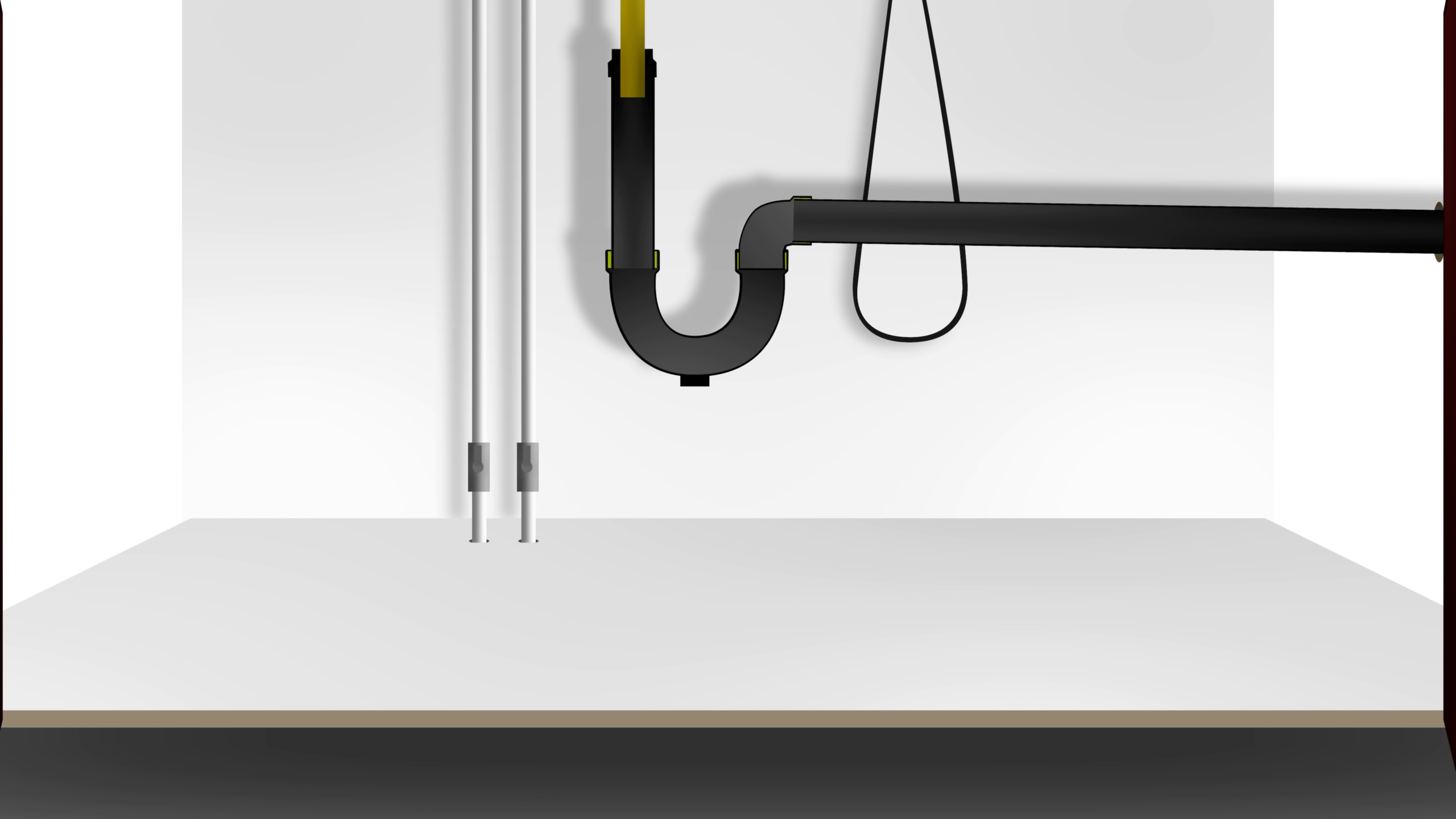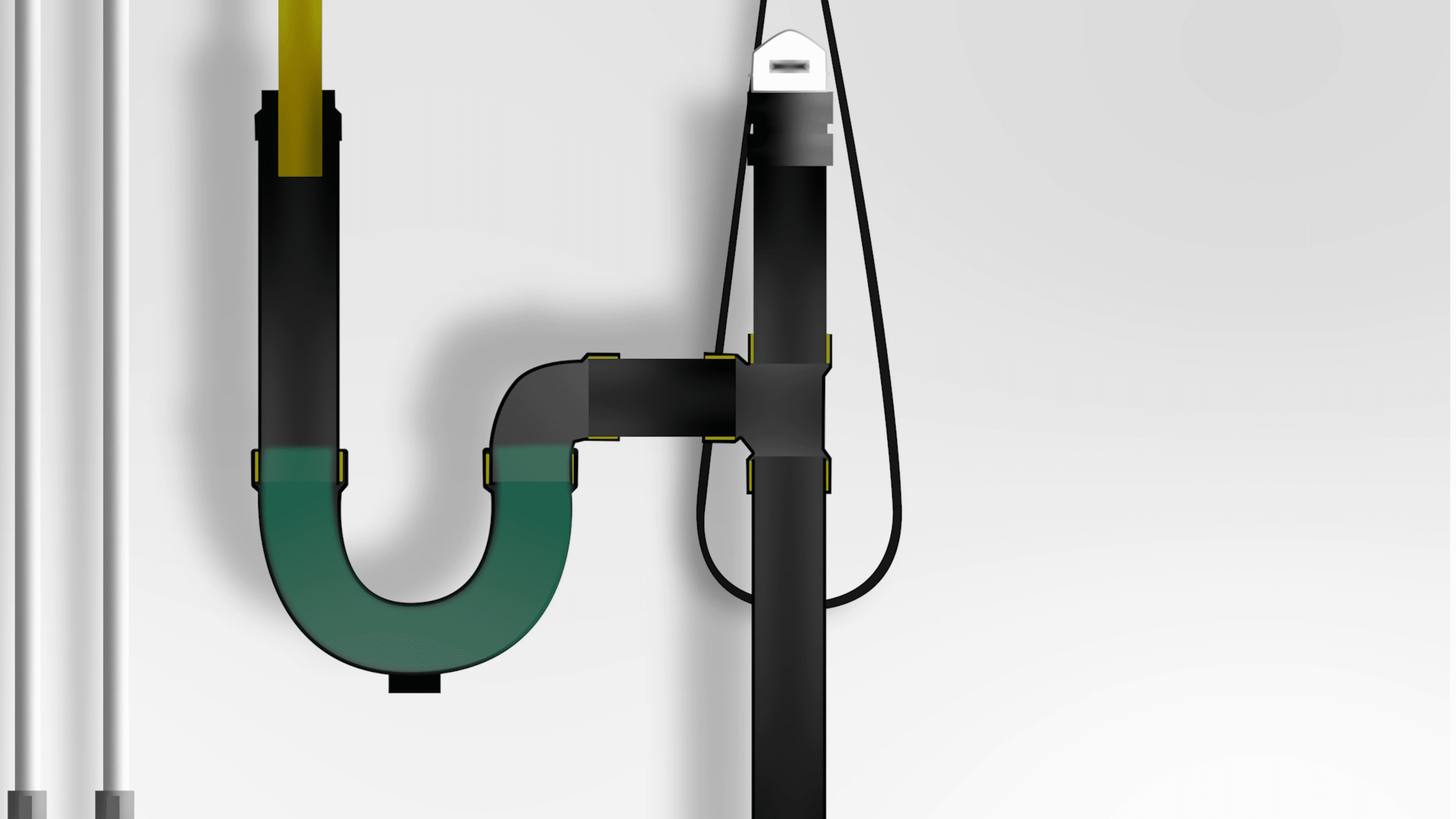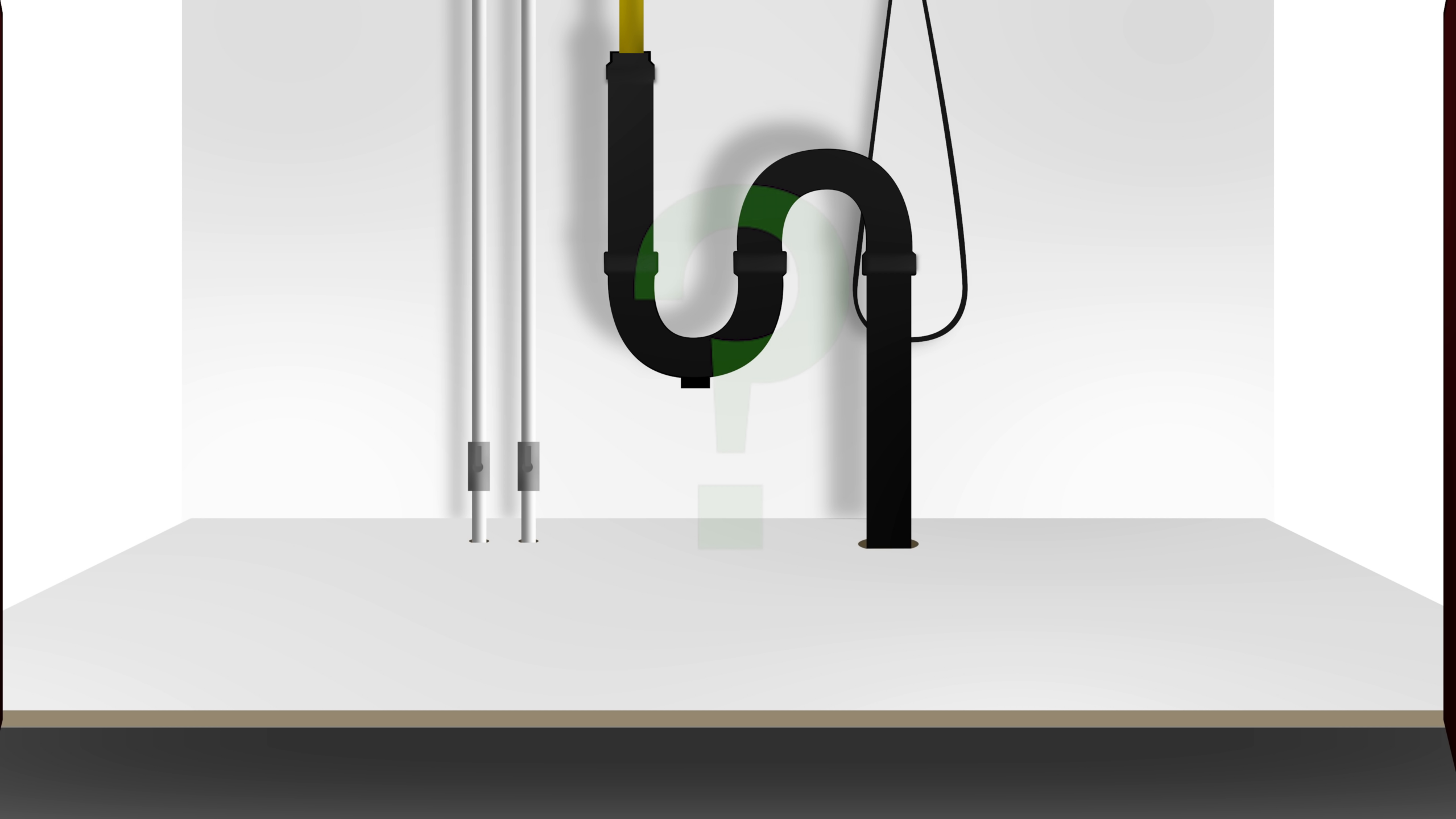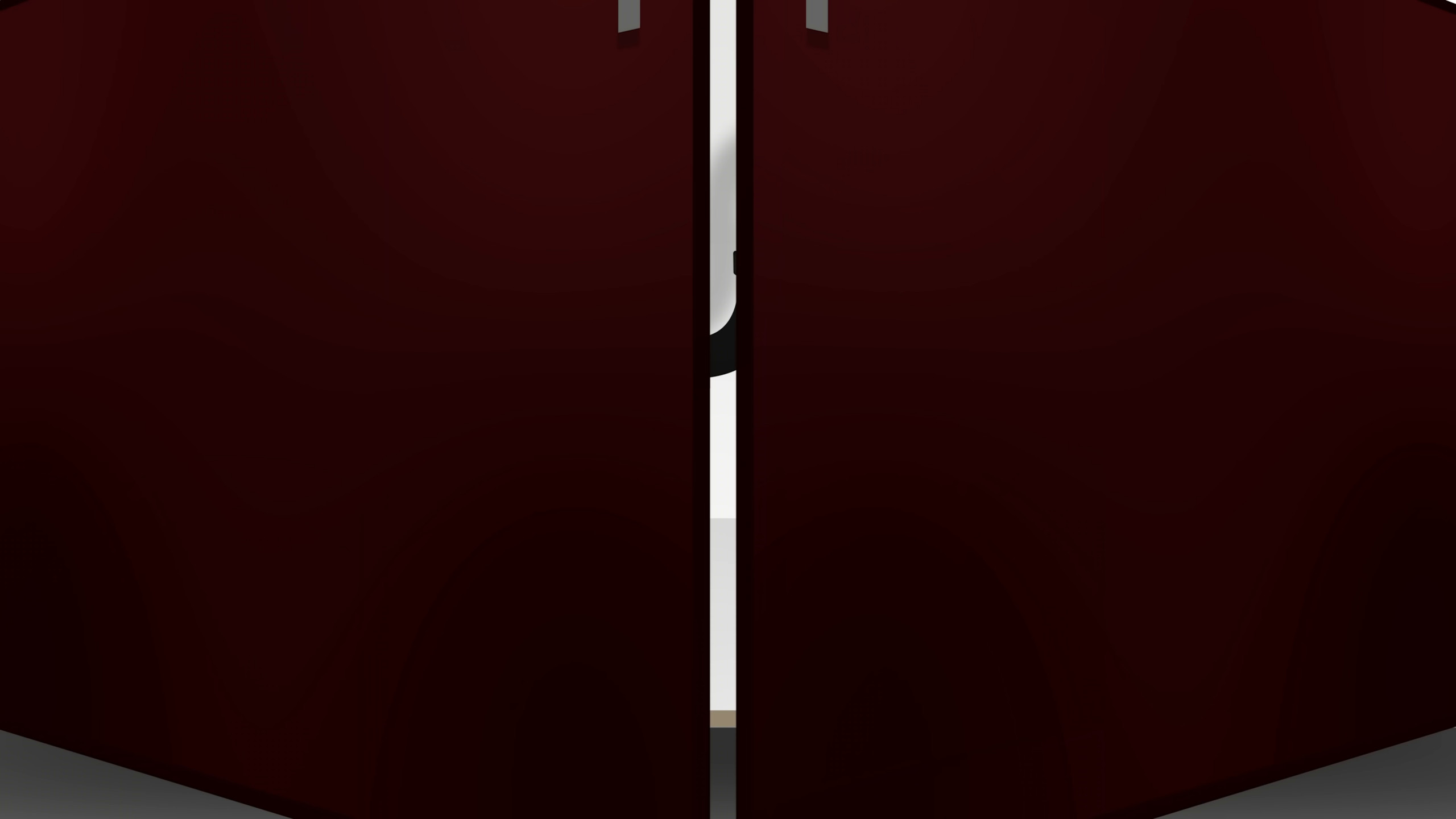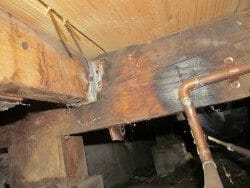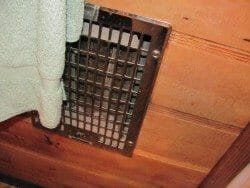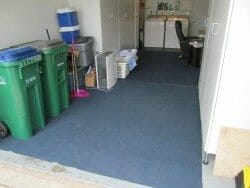Essential Guide to Plumbing Traps: Safety, Function, and Modern Solutions
Understanding the Function of Plumbing Traps
In any residential plumbing system, one of the essential components is the trap. Its primary function is to prevent sewer gases, which contain harmful and flammable substances like methane and ammonia, from entering the home. These gases not only pose serious health risks but also carry the potential for causing explosions. For example, incidents have been documented where methane gas accumulating from sewers has led to explosive discharges that propelled manhole covers into the air. Clearly, the role of traps in maintaining a safe and healthy home environment cannot be overstated.
The basic setup of a plumbing trap includes the tailpiece that descends from the sink, the trap itself which holds water to form a seal, and the trap arm that extends to the main drain line. Understanding these components helps in recognizing how traps function and the crucial role they play in home safety.
The Difference Between S-Traps and P-Traps
The critical difference between an S-trap and a P-trap lies in their structural design and functionality related to venting. An S-trap is designed without a vent, leading to a higher risk of the water seal within the trap being siphoned off. This siphoning can occur due to the negative pressure that develops as water flows down the drain, potentially allowing sewer gases to enter the living space.
In contrast, a P-trap includes a venting system that stabilizes the pressure inside the trap and prevents the water seal from being siphoned away. This vent directs up to the roof, allowing fresh air in and helping to equalize pressure within the plumbing system. This design makes P-traps a safer and more effective option for modern plumbing systems.
The Historical Context of Trap Design
The concept of trap design can be traced back to ancient civilizations. An interesting anecdote involves the Greek philosopher Pythagoras, who purportedly devised the “Greedy Cup.” This cup had a similar principle to the S-trap, where drinking greedily would cause the cup to empty itself, much like how water rapidly flowing down an S-trap can remove the water seal. This historical reference illustrates the concept of venting and siphoning, which are fundamental to understanding why P-traps replaced S-traps in modern plumbing codes.
Another analogy is the simple experiment with a straw in a glass of water. Covering the top of the straw and lifting it from the water demonstrates how a seal (your finger) can maintain liquid within the straw. The moment the seal is broken, air pressure stabilizes, and water flows out. This is akin to how venting in a P-trap prevents the siphoning of the water seal.
Modern Solutions for Replacing or Modifying S-Traps
If your home still has S-traps, it’s vital to know how to address potential risks associated with them, especially if there are noticeable sewer gas odors. Converting an S-trap into a P-trap might involve significant plumbing changes, but there are other solutions like installing air admittance valves (AAVs) or loop vents.
AAVs, or studor vents, provide one of the easiest modifications. They allow air into the plumbing system to equalize pressure but prevent gases from exiting. However, to comply with plumbing codes, they must be installed correctly, typically above the flood level of the fixtures they serve. Misinstallation can lead to failed inspections and continued risk of sewer gas intrusion.
Loop vents offer another solution, creating a circuitous route for venting that ties back into the main vent stack. This method can be more labor-intensive and might require opening up walls to access existing vents, but it offers a reliable, non-mechanical alternative to AAVs.
Staying Informed and Compliant with Local Codes
It’s crucial for homeowners to be aware of the plumbing systems in their homes and to understand local codes and regulations. Modifying plumbing, especially aspects as critical as venting, often requires permits and inspections. Before planning any changes, consulting with a professional plumber and checking local regulations can save time, expense, and avoid legal complications.
While the transition from S-traps to P-traps represents an evolution in plumbing technology geared towards safety and efficiency, understanding both systems’ workings helps homeowners make informed decisions regarding their plumbing needs. If issues arise, or if you’re unsure about the type of traps in your home, a professional assessment can help ensure that your home’s plumbing system is safe, functional, and up to code.

